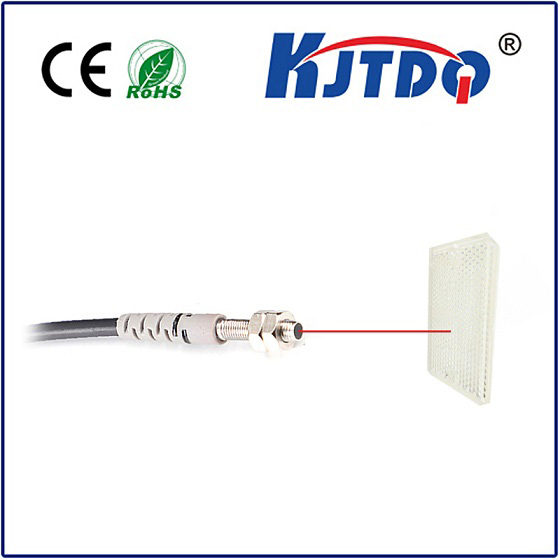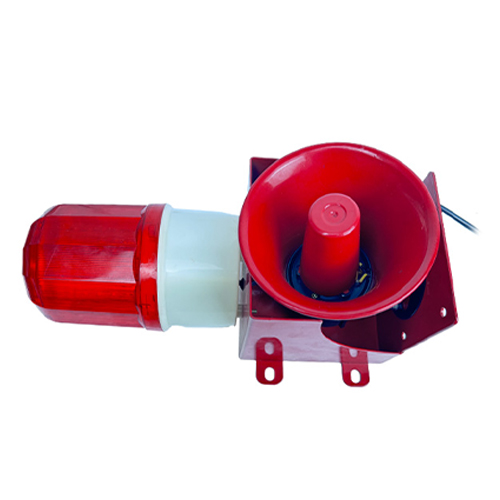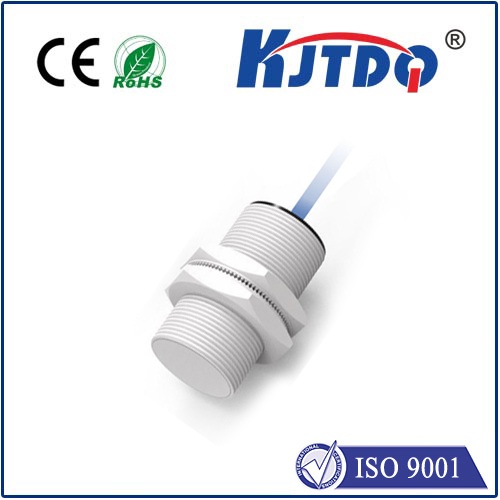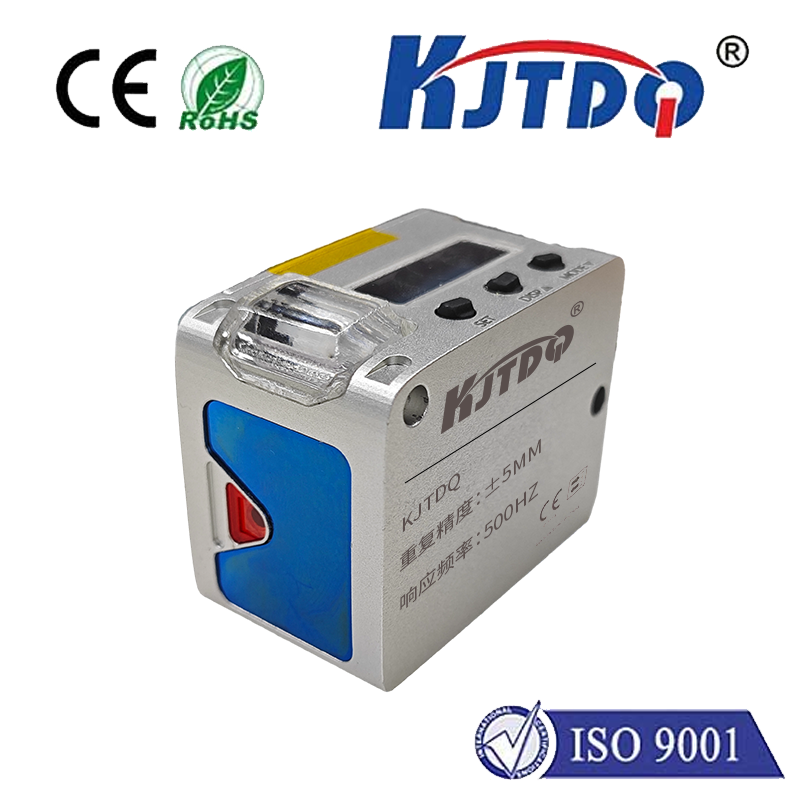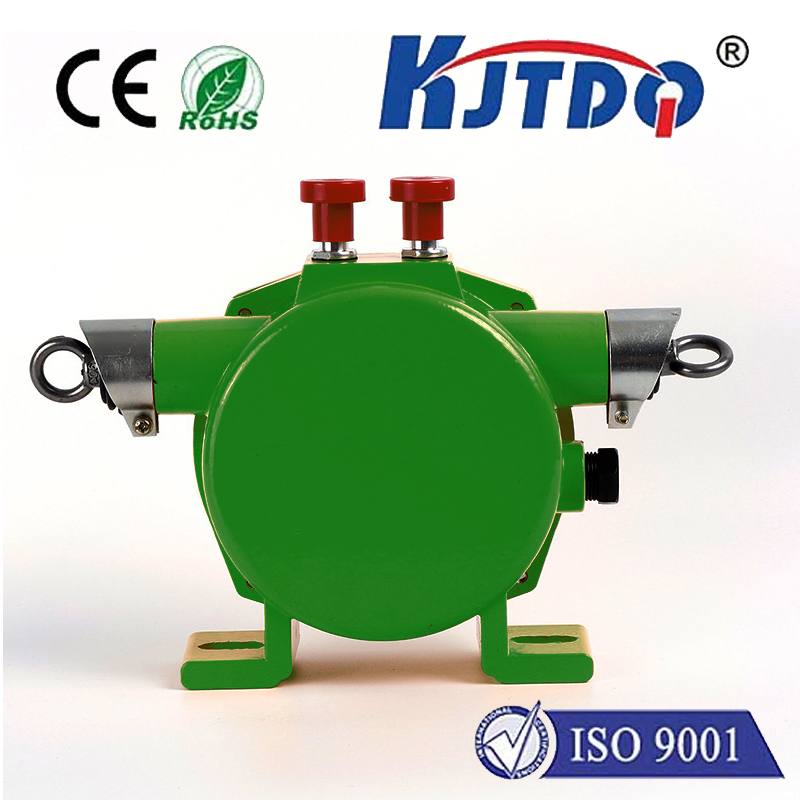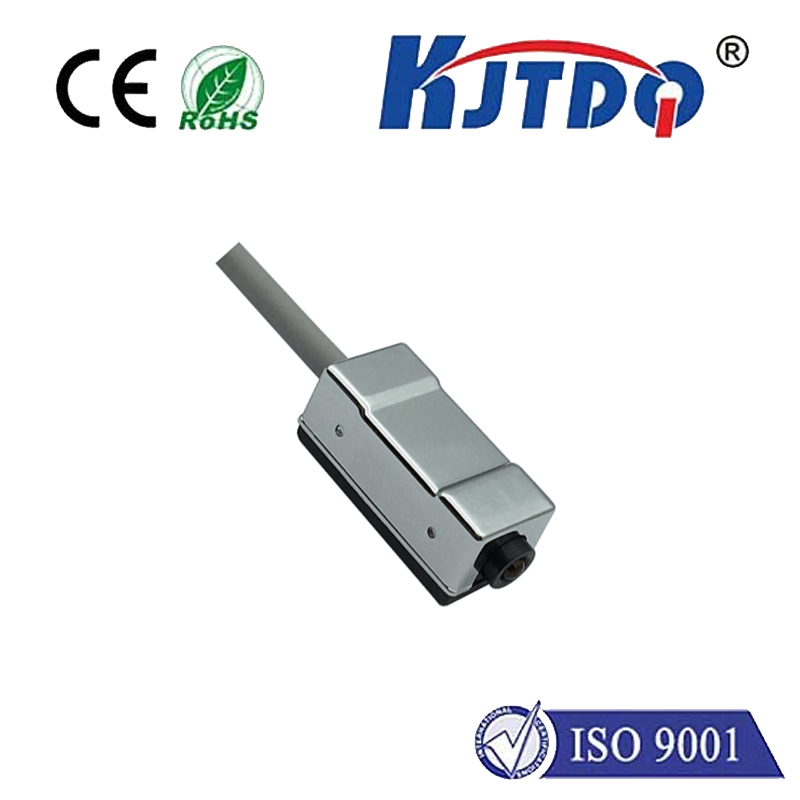room temperature monitor
- time:2025-08-19 14:10:53
- Click:0
The Unsung Hero of Home Comfort: Why Your Room Temperature Monitor Deserves Attention
Title: Why Room Temperature Monitoring is Crucial for Your Home
Picture this: you wake up shivering on a winter night, fumbling for extra blankets. Or, you return home on a scorching summer day, only to be hit by a wall of stifling heat. These moments of discomfort are more than just minor annoyances; they highlight something fundamental – the importance of knowing and managing the temperature in your living spaces. While often overlooked, a reliable room temperature monitor is the silent guardian of your comfort, health, and even your wallet. It’s not just about knowing if it’s warm or cold; it’s about creating an environment tailored perfectly to your well-being.
For decades, the humble thermometer hung on a wall, offering a basic, localized snapshot. Today, room temperature monitoring has evolved into a sophisticated practice, empowered by smart home technology, offering unprecedented insights and control. Understanding and managing your indoor climate is no longer a luxury; it’s a cornerstone of a modern, efficient, and healthy home environment.
Why Monitoring Room Temperature Matters: Beyond Comfort

The most immediate benefit is obvious: personal comfort. Whether you prefer a cozy warmth or a refreshing coolness, maintaining your ideal temperature range is key to feeling relaxed and at ease within your own home. However, the implications run much deeper:
- Health and Well-being: Consistent, appropriate temperatures support better health. Extreme cold can exacerbate respiratory issues, while excessive heat can lead to dehydration, heat exhaustion, and disrupt sleep. Good sleep hygiene is heavily influenced by bedroom temperature, with a slightly cooler environment generally recommended for optimal rest. Furthermore, temperature monitoring can indirectly flag issues like poor ventilation or excessive humidity (often monitored alongside temperature), which contribute to mold growth and poor indoor air quality.
- Energy Efficiency & Cost Savings: Heating and cooling typically account for the largest chunk of a home’s energy bills. Operating your HVAC system blindly is like driving with a blindfold on. A temperature monitor, especially one integrated with a smart thermostat, provides the data needed to optimize performance. By understanding patterns, identifying drafts or inefficient zones, and enabling precise scheduling or geofencing, you can significantly reduce unnecessary heating or cooling, leading to lower energy consumption and substantial savings.
- HVAC System Longevity: Constantly overworking your furnace or air conditioner due to temperature fluctuations or inefficient settings puts unnecessary strain on the system. Precise temperature monitoring and control help the HVAC system operate within its optimal range, reducing wear and tear and potentially extending its lifespan.
- Protecting Valuables: Certain items are sensitive to temperature extremes. Wine collections, musical instruments, electronics, artwork, and even some medications can degrade or be damaged if stored outside their recommended temperature ranges. Monitoring critical areas ensures these items are preserved.
- Peace of Mind & Remote Insight: Modern smart temperature monitors often connect to your home Wi-Fi, allowing you to check the room temperature from anywhere via a smartphone app. This is invaluable for peace of mind while traveling. Did you leave the heat on? Did the AC fail during a heatwave? Remote monitoring lets you check and, if paired with smart controls, potentially adjust settings before returning to an uncomfortable or problematic situation.
Modern Room Temperature Monitors: From Simple to Smart
The landscape of monitoring tools has diversified significantly:
- Basic Digital Thermometers/Hygrometers: Affordable and straightforward, these devices display the current temperature (and often humidity) for a specific location. Great for spot-checking individual rooms. However, they offer no connectivity or data logging.
- Data Logging Monitors: These record temperature readings over time, allowing you to track trends, fluctuations, and daily/seasonal patterns. Useful for diagnosing issues like drafts or understanding temperature variations without constant observation.
- Wi-Fi/Bluetooth Smart Sensors: Representing the true evolution of the room temperature monitor. These compact sensors connect to your home network and relay data to a central hub or directly to your phone. Key features often include:
- Real-time and Historical Data: View current readings and access historical charts and graphs.
- Remote Access: Monitor from anywhere via dedicated apps.
- Alerts & Notifications: Receive instant alerts if temperatures exceed preset thresholds you define (e.g., too high for a baby’s room, too low to prevent pipes freezing).
- Smart Home Integration: Seamlessly work with platforms like Google Home, Amazon Alexa, and Apple HomeKit. Crucially, they often integrate with smart thermostats (like Nest, Ecobee, or Honeywell), enabling automated, room-specific climate control based on actual sensor readings, not just the thermostat’s location. This addresses the common issue of temperature imbalances throughout a home.
- Multi-Sensor Units: Many also track humidity, air pressure, and even indoor air quality indicators like VOCs or CO2.
Choosing and Optimizing Your Monitoring Solution
Selecting the right room temperature monitor depends on your needs and budget. For simple spot checks, a basic thermometer suffices. For gaining deeper insights and enabling automation, smart sensors are the clear choice.
To maximize effectiveness:
- Strategic Placement: Position sensors away from direct sunlight, drafts (like windows or doors), heat sources (radiators, appliances, electronics), and cold spots (exterior walls in winter). Placing them at average breathing height (roughly waist to chest level) often gives the most representative reading of the room’s occupied comfort level.
- Set Meaningful Thresholds: Don’t just monitor; use the data. Configure alerts for temperatures that genuinely matter – potentially dangerous highs/lows, or ranges critical for sleep, infants, or sensitive belongings.
- Leverage Smart Integrations: If you have a smart thermostat, ensure monitor compatibility and enable features like “follow sensor” or “smart room selection” to prioritize readings from occupied rooms for HVAC control.
- Analyze Trends: Periodically review logged data to identify patterns. Are certain rooms consistently colder? Does temperature spike dramatically in summer afternoons? This information is crucial for targeting home improvements (insulation, weatherstripping) or adjusting ventilation.
- Consider Multiple Sensors: For larger homes, multi-story dwellings, or homes with significant temperature variations, deploying multiple room temperature monitors provides a comprehensive picture of your entire home’s climate.
Embracing Informed Climate Control
Your home’s room temperature profoundly impacts daily life. Dismissing it as unimportant neglects a key element of comfort, health, and efficiency. A room temperature monitor, especially the modern smart sensor, transforms this invisible factor into visible, actionable data. It empowers you to move beyond guesswork and reactive adjustments, paving the way for a consistently comfortable, healthier, and more energy-efficient living environment. In the quest for an optimal home, understanding your indoor climate isn’t the final step – it’s the essential foundation. Invest in monitoring, gain the insights, and take control.













